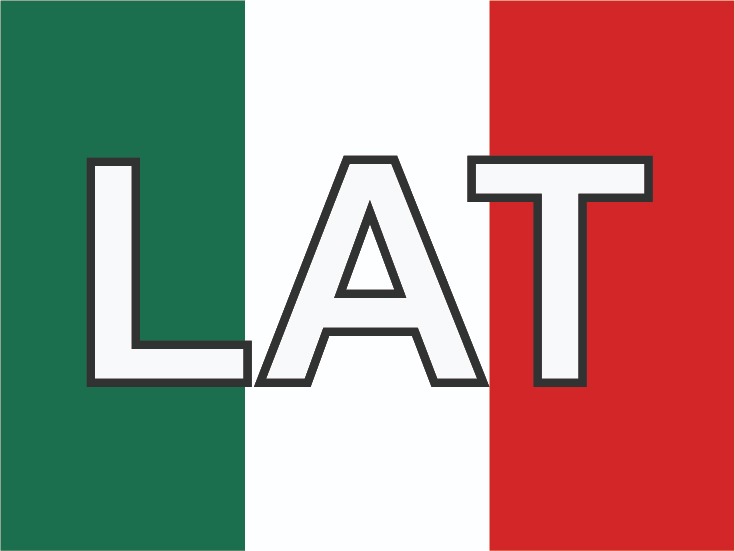Dysplasia epiphysealis capitis femoris. Meyer dysplasia
Abstract
Introduction: Epiphyseal dysplasia of the femoral head (EDFH) is defined as an alteration in the development of the child’s hip, characterized by delayed ossification of the proximal femoral epiphysis. Methods: Herein, we present six cases of epiphyseal dysplasia of the femoral head (EDFH), seen by the principal author (EVA) within the last six years with minimum follow up at 15 months. Results: The cases were all diagnosed as casual findings. None of the children had symptoms or clinical signs in the hip, only one had a history of hip pain for five days, two months prior, which was diagnosed at the time as transient synovitis. Discussion: Among the differential diagnoses, the main one is Perthes disease, which is differentiated by several parameters like earlier age onset for EDFH (in children below 4 years of age), bilateralism (50% vs. 10%), and a calmer presentation in Meyer’s dysplasia. The evolution in Meyer’s dysplasia is toward improving radiographic changes. None of the patients revealed incongruence of the hip or early degenerative changes, indicating an excellent prognosis. Many authors think it is a variant of the normal ossification of the femoral head.Authors
Downloads
Download data is not yet available.
Published
2011-01-26
Submitted
2011-01-26
|
577 |
How to Cite
Vergara-Amador, E., & Piña, M. (2011). Dysplasia epiphysealis capitis femoris. Meyer dysplasia. Colombia Médica, 41(4), 373-376. https://doi.org/10.25100/cm.v41i4.730
Issue
Section
Case Report
The copy rights of the articles published in Colombia Médica belong to the Universidad del Valle. The contents of the articles that appear in the Journal are exclusively the responsibility of the authors and do not necessarily reflect the opinions of the Editorial Committee of the Journal. It is allowed to reproduce the material published in Colombia Médica without prior authorization for non-commercial use




















